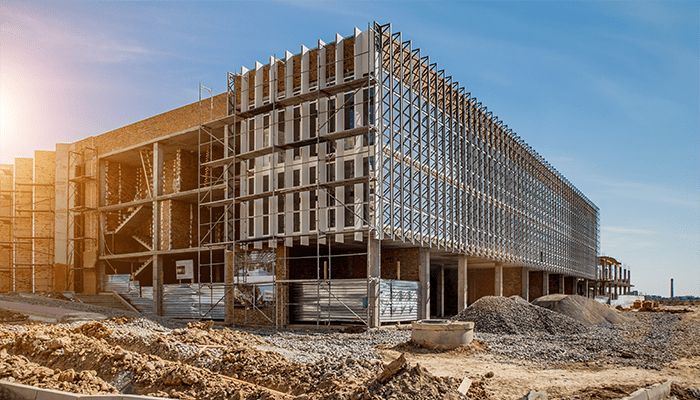
Why “Named Insured” vs. “Additional Named Insured” Matters More Than You Think on Builders Risk Policies
When it comes to builders risk insurance, how you're listed on the policy can make or break your ability to recover key losses. A recent decision by the Eighth Circuit Court of Appeals drives this point home for property owners.
In this case, the property owner sought recovery for lost rental income and soft costs resulting from a construction delay. The catch? The owner was listed as an additional named insured, not the named insured. That subtle distinction made all the difference. The court ruled that because the policy only extended coverage for those losses to the named insured, the owner was out of luck.
Even though the owner argued it made no practical sense – after all, general contractors don't typically suffer rental income losses – the court stuck with a strict interpretation of the policy language. Under Missouri law, clear terms prevail, even if the outcome may seem counterintuitive.
Are you confident that you're fully covered under your builders risk policy? Contact us for a review of your coverage and ensure you're protected when it matters most!
What Does This Mean for Property Owners?
If you're a property owner involved in new construction or major renovation projects, this case is an important reminder: Don’t assume you’re fully covered just because you’re listed on the policy.
Here are a few important steps to protect your interests:
1. Clarify Who Is Procuring the Policy
Many builders risk policies are purchased by the general contractor. When that happens, the contractor is usually the named insured, and coverage is tailored to their risks. That’s why it’s critical for owners to review the full policy, not just the certificate of insurance, to confirm how they're classified and what they're actually covered for.
2. Understand the Policy Roles
There’s a meaningful difference between being a:
- Named Insured: full coverage rights and control
- Additional Named Insured: may have some coverage, but not guaranteed
- Additional Insured: usually limited, and often for liability only
These terms aren’t interchangeable; they directly impact who gets paid and when.
3. Secure the Right Endorsements
If the policy cannot list you as a named insured, endorsements can be added to extend specific coverages, such as loss of rents, soft costs, or delay expenses, to additional named insureds. These extensions must be clearly spelled out; vague references or assumptions won't hold up in a dispute.
4. Include “Delay in Completion” Coverage When Needed
Coverage for project delays is not automatically included in builders risk policies. If you depend on rental income, lease start dates, or other time-sensitive outcomes, make sure the policy includes "delay in completion" or "delay in start-up" coverage – and that it applies to your role.
5. Watch How “Soft Costs” Are Defined
Soft costs can include a wide range of expenses:
- Architectural or engineering fees
- Permit and inspection costs
- Legal or accounting expenses
- Extended interest on construction loans
- Marketing and advertising related to the project
Every carrier defines this differently, so it’s important to align the policy language with your project budget and exposure.
6. Know That Jurisdiction Matters
This case was decided under Missouri law, but courts in other states may take a different view. That’s another reason to work with a broker who not only knows construction insurance but also understands how it plays out in real-world disputes.
Bottom Line
Builders risk coverage can’t be a box-checking exercise. The details, especially how you’re listed on the policy, can significantly affect whether your coverage responds when you need it most.
Our construction practice works closely with property owners, developers, and general contractors to make sure insurance programs are structured correctly from day one. If you're planning a project or simply want a second look at your current coverage, let's talk.
Related articles

Construction is changing fast, driven by new technology, shaped by a more diverse workforce, and challenged by global pressures. At AssuredPartners, we’re proud to help build what’s next by...

In construction, most things are done with precision and planning. So why are so many contractors still skipping written contracts with their subs? If you’re responsible for your company’s insurance...

The construction insurance market is seeing shifts that will impact contractors in the year ahead. Some lines of coverage remain stable, while others are facing increased scrutiny from carriers....